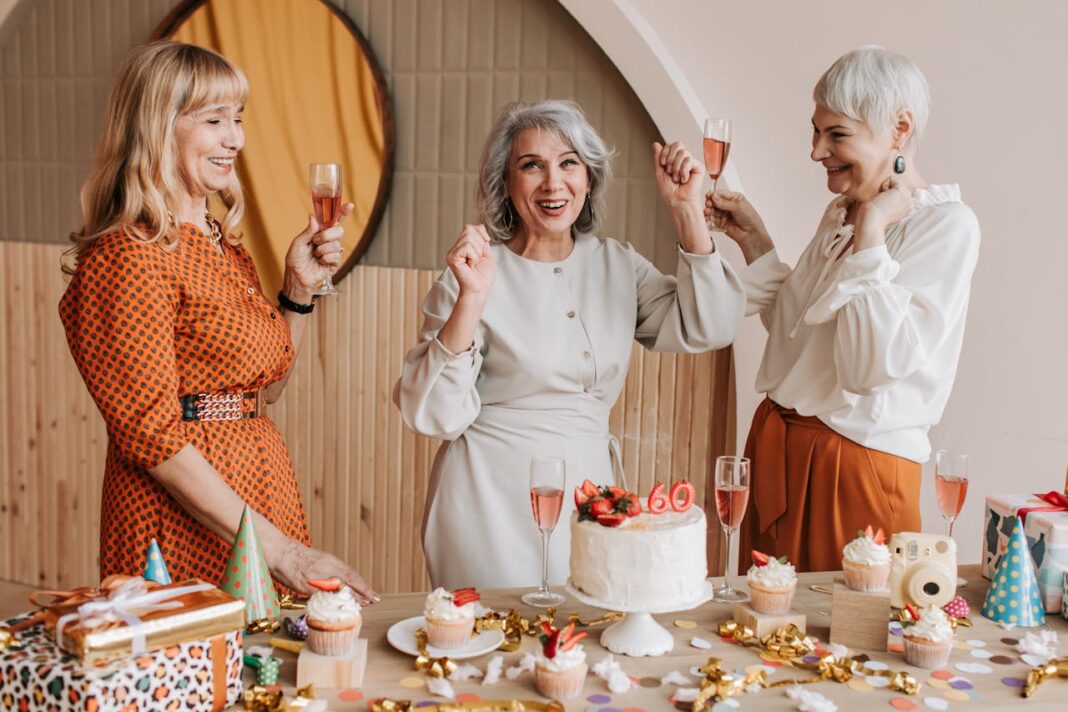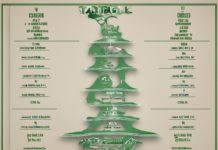Decorating homes, especially for seniors, involves a big choice: traditional or modern styles. Each style has its perks and can match personal tastes and needs well. When seniors think about moving to or sprucing up their places (even in assisted living), it’s key to look at what each decor type offers. They should pick the one that fits how they live best.
Comfort and Accessibility
Many seniors lean towards traditional home decor because it’s all about comfort and easy access. This style loves cozy, soft furniture that’s kind to the body and lowers injury chances. This includes classic designs and warm colors that feel like a hug.
Plus, traditional pieces often come with great support, such as high backs and handy armrests for anyone facing mobility challenges. Adding elements like non-slip rugs and easily accessible storage can enhance the functionality without compromising the aesthetic appeal.
Safety and Simplicity
Modern home decor’s simple style works well for seniors wanting a space without clutter. Its straight lines and open areas aren’t just easy on the eyes; they also make moving around safer by cutting down on trip hazards, which is key for older adults.
Modern setups often bring in comfortable, ergonomic furniture and better lighting to keep things bright and accident-free. Plus, this look tends to be low-maintenance – a big plus for those who might find cleaning tough.
Personalization and Emotional Connection
While modern design keeps things simple, traditional decor lets personal touches and emotional ties shine through. Seniors often hold dear memories linked to specific pieces of furniture or styles.
Traditional decor welcomes these with its lush fabrics and timeless details. It’s a perfect backdrop for family heirlooms and cherished mementos, helping seniors keep their past close by. This continuity offers deep comfort, especially when navigating the challenges that come with aging.
Cost and Upkeep
Thinking about costs and maintenance is key when picking out home decor. Traditional pieces, with their wood and fabric, might need more care to keep them looking fresh. They can show age or wear over time.
Modern decor tends to be easier on the upkeep side, thanks to materials like metal and glass that last longer and are simpler to clean. Even if they cost a bit more at first, these durable choices often end up being cheaper in the long haul. For seniors living on a set budget, modern decor’s lower ongoing expenses could be easier on the wallet.
Conclusion
In the end, picking between traditional and modern decor for seniors comes down to what they need and like. Traditional styles bring warmth and a personal feel with their timeless looks. Modern decor keeps things simple and easy to look after.
Seniors and their families should think this over well. They want a home that’s not just nice to see but also makes daily life better, keeping comfort and safety at the top of their minds during those golden years.









